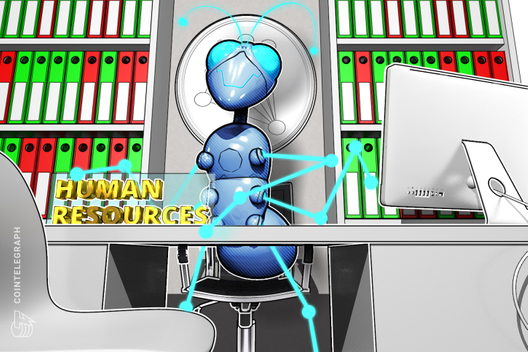Seven former top Steem developers have converged to form OpenOrchard, a company seeking to build innovative open-source technologies on top of Hive.
Cointelegraph spoke to Andrew Levine, OpenOrchard CEO and former head of communications at Steemit, to find out more about the new project.
OpenOrchard emerges after Hive hard fork
OpenOrchard has grown out of OpenSeed, a team comprising Steem developers Andrew Levine, Benjamin Flanagin, and Ron Hamenham. This group was previously working on a second-layer solution for the network.
But following Tron founder Justin Sun’s apparent attempts to execute what has been described as a hostile takeover of the Steem network, many Steem developers have left the project. Sun purchased Steemit Inc. (alongside 20% of the total supply of STEEM) in February.
After an attempt to oust the network’s block validators in early March, Andrew announced his resignation from Steemit alongside many other longtime core Steem developers.
While the Steem fallout resulted in many talented blockchain Steem developers abandoning the project, the Hive hard fork gave them a new platform to build on top of — leading to collaboration between now-former Steem developers and OpenSeed.
The OpenSeed team were joined by founding Steem developers Michael Vandeberg and ‘Theoretical’ — the co-creator of the delegated proof-of-stake protocol. Core Steem developers Steve Gerbino and Nathaniel Caldwell also entered the project.
Can open source compete with private innovation?
Levine asserts that OpenOrchard’s mission is to make “open-source software development profitable so that open-source developers can compete with private corporations [that] keep their code secret.”
The team will develop open source applications that address basic functionalities that are integral to developers seeking to build on Hive.
One of OpenOrchard’s first products will be OpenLink, a social networking and encrypted messaging application. OpenLink aims to integrate with other blockchain-based applications, such as games. Levine states:
“Say you’re launching an indie game — you want to focus on your game. You don’t want to have to focus on acquiring users and you don’t want to waste your time building a chat application.”
He adds that OpenOrchard plans to build a “next-generation base layer” for game developers seeking to launch in-game tokenized assets and non-fungible tokens.
OpenOrchard prioritizes scalability
After building on Hive, OpenOrchard plans to integrate with other blockchains. Their goal is to allow developers to take advantage of new features outside of the Hive ecosystem.
“What is most important to us is that the software we develop be the software that game and application developers, especially Hive app developers, actually need.”
Levine notes that the project’s team seeks to learn from the mistakes of Steem, stating: “Steem demonstrated that many powerful features can remain stranded in the base layer without tooling that makes it easy for developers to integrate these features into their apps.”
Emphasizing scalability as a priority for OpenOrchard, Levine states that the team is “leveraging our experience and expertise in the blockchain space to create a blockchain and second layer that are designed to work together,” adding: “This approach will allow us to provide developers with far more tools and features than they would otherwise have access to.“
“The blockchain that we’re going to ship will enable people who are building the next Facebook, the next World of Warcraft, to take advantage of this new technology and usurp the incumbents and these massive corporations that are controlling our information.”









